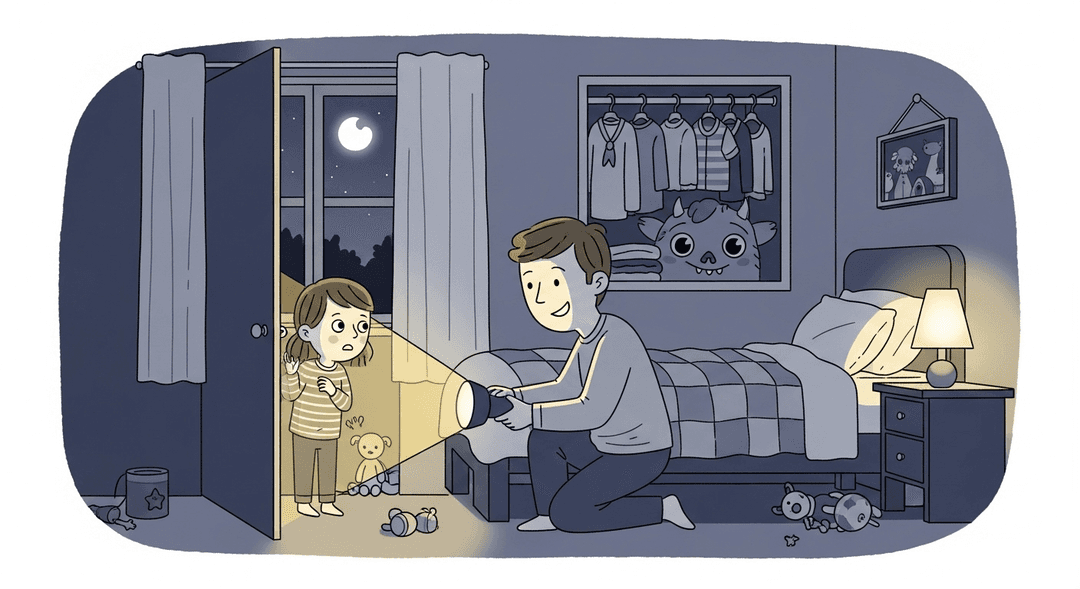Don't Minimize Their Fears or Worries
You know that moment when your kid tells you there’s a monster in the closet, and you’re tempted to say, 'It’s just your imagination'? Yeah, don’t do that. Instead, let’s become monster-hunting partners—because if we’re honest, adulting is basically just having fancier monsters. If you’re tired of feeling like a broken record (‘there’s nothing to be afraid of!’), this is your chance to actually help your kid learn how to wrangle their worries—without needing your own nightlight.
When you help your child face their fears instead of brushing them off, you’re literally rewiring their brain for resilience. You’re teaching their amygdala (the brain’s alarm system) to chill out a bit and letting the prefrontal cortex (the reasonable part) take the wheel. Plus, you’re building trust: your kid learns that their feelings matter, and that you’re their safe place, even when the monsters look suspiciously like laundry piles.
How to do it
First, listen—really listen. Put away distractions like your phone and give your full attention.
Name their fear out loud. For example, say, “That sounds scary!” This helps them feel understood and lets them know it’s okay to feel worried.
Brainstorm together about what could help. You might:
- Draw the fear
- Make a plan
- Tell the monster it’s not invited
Practice tiny acts of bravery together. Try:
- Peeking in the closet
- Shining a flashlight
- Simply sitting with the feeling for a minute
Key tips:
- Use silly voices to lighten the mood
- Try “monster repellent spray” (just water in a spray bottle) for extra reassurance
